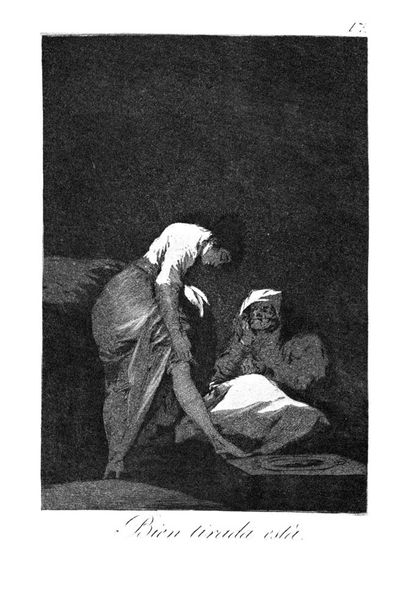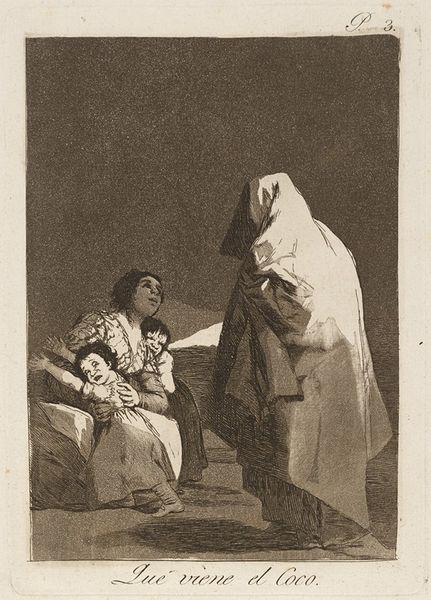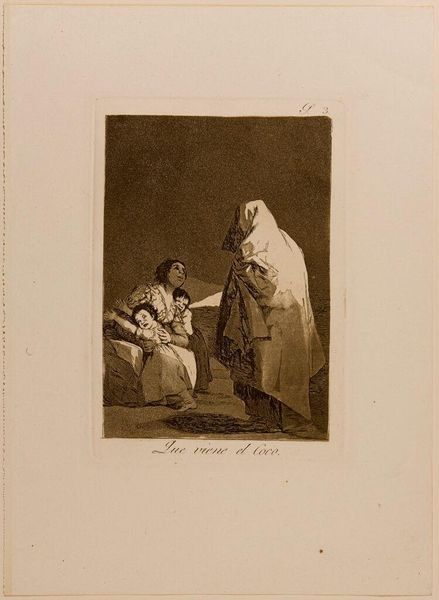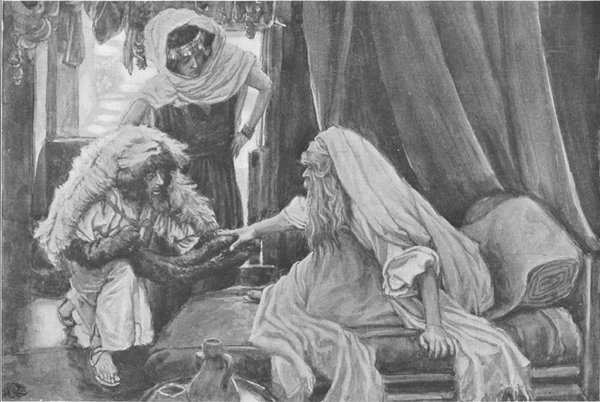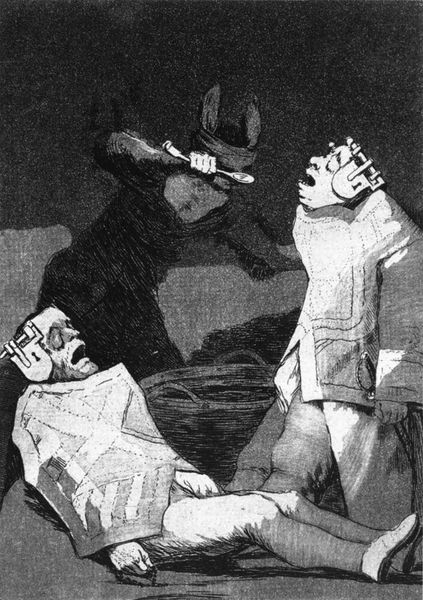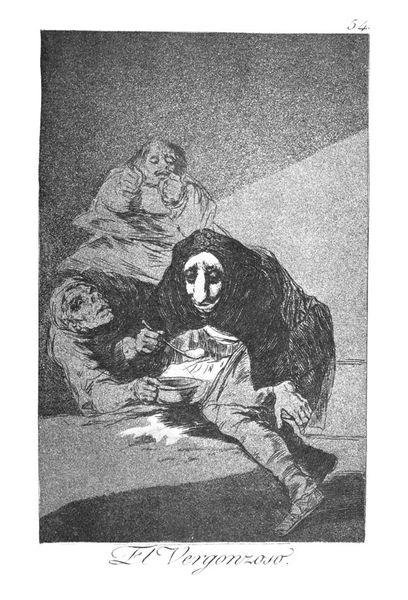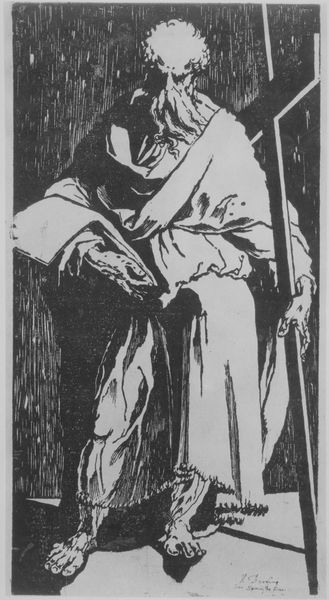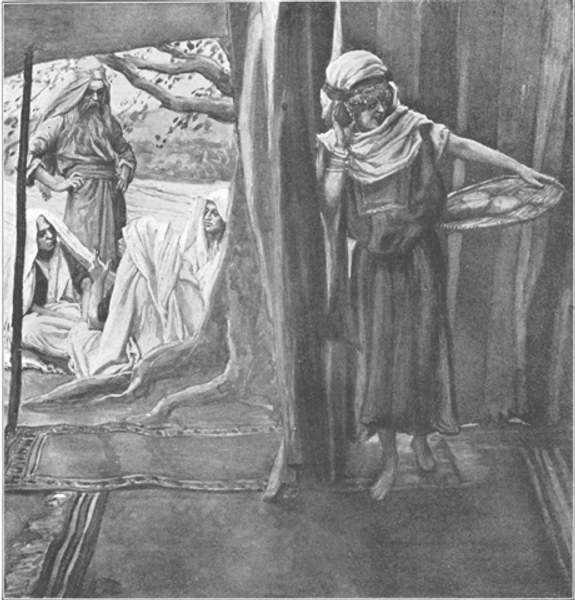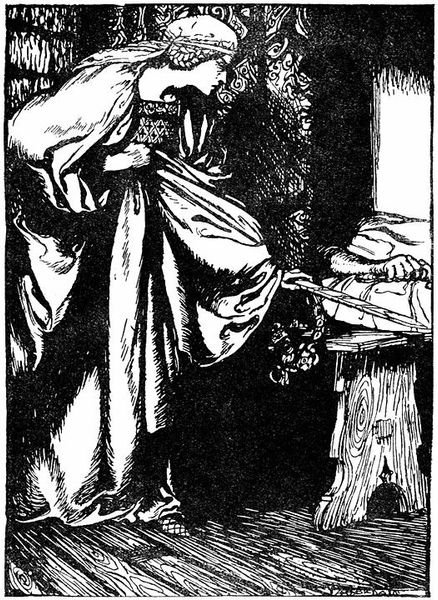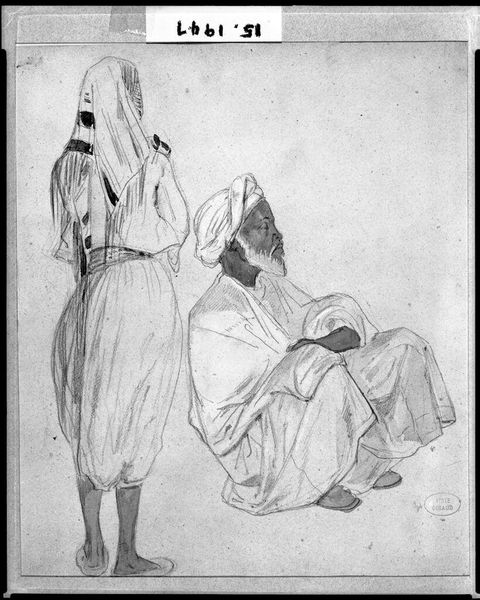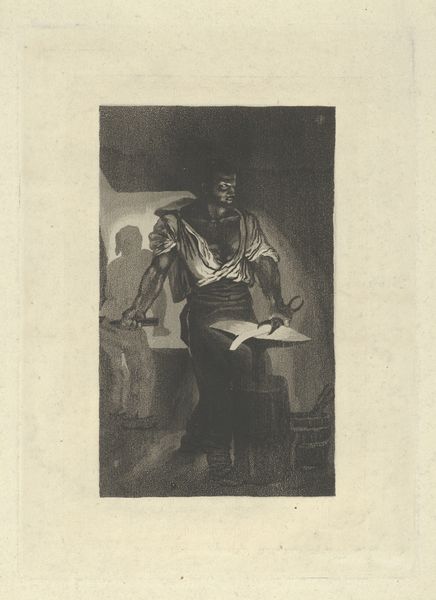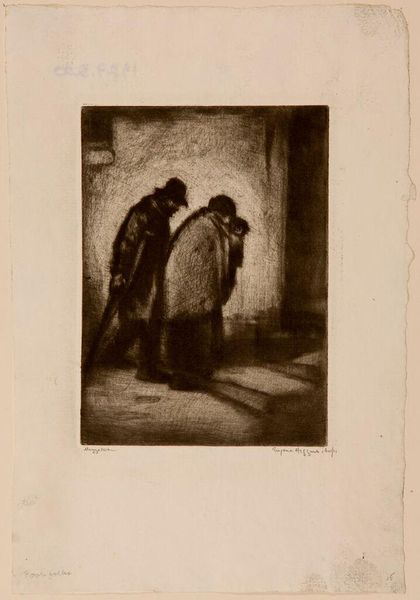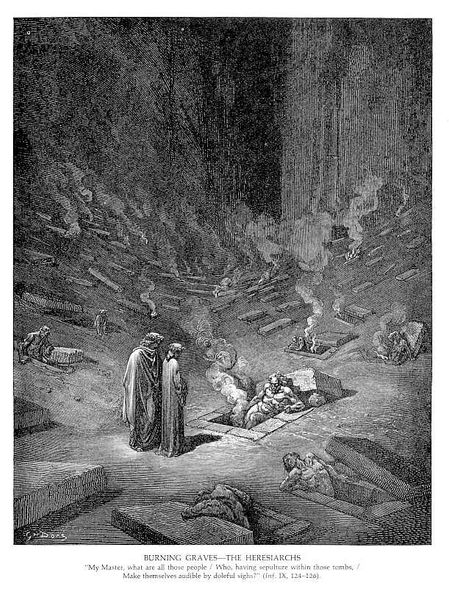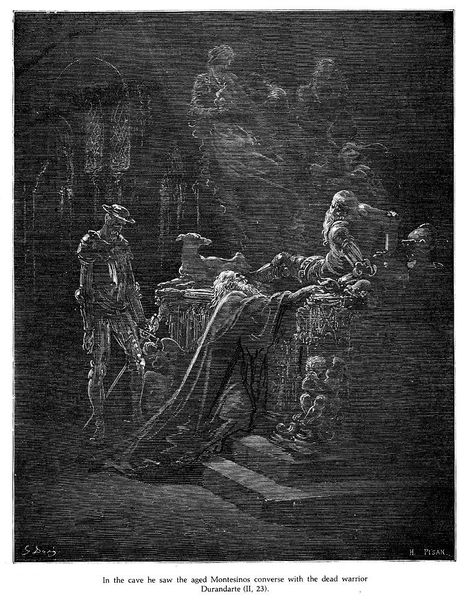
print, etching
#
allegories
#
allegory
#
narrative-art
# print
#
etching
#
figuration
#
momento-mori
#
romanticism
#
black and white
#
chiaroscuro
#
history-painting
Dimensions: 21.5 x 15.5 cm
Copyright: Public domain
Editor: This etching is titled "Here Comes the Bogeyman," created in 1799 by Francisco de Goya. The high contrast really makes it pop, but the image itself feels... deeply unsettling. What can you tell me about it? Curator: This is a striking example of Goya's "Los Caprichos," a series that critically examined Spanish society. Given this historical context, what societal anxieties do you think Goya might be exploring here? Editor: Well, there’s a figure completely shrouded in what looks like a sheet looming over a terrified child and mother. Could it be about the church, maybe, and its power to scare people into obedience? Curator: Exactly! The "bogeyman" can be interpreted as a symbol of superstition and the irrational fears propagated by institutions seeking control. Consider how Goya, working during the Enlightenment, would view such manipulation. How does this critique align with broader social changes of the era? Editor: So, he’s using this image to make a point about how these kinds of fears limit individual freedom? The control is more abstract than just physical. Curator: Precisely. And note how Goya employs the print medium itself to circulate this critique widely. The printing press amplified voices of dissent and change, and Goya was taking advantage of that cultural shift. Editor: I see, the choice of medium also had political implications. It is like he is contributing to the debate! I hadn't thought of that. It feels like there are layers of commentary at play. Curator: It underscores the potency of art as a mirror reflecting—and a tool shaping—the society it inhabits. What I also take from the piece is how Goya used to influence, comment and offer another voice to that reality, offering a counter narrative using cultural elements. Editor: So insightful to consider this work through a historical lens. It definitely gave me new avenues to explore and reflect on other artworks I've come across, thank you!
Comments
No comments
Be the first to comment and join the conversation on the ultimate creative platform.
